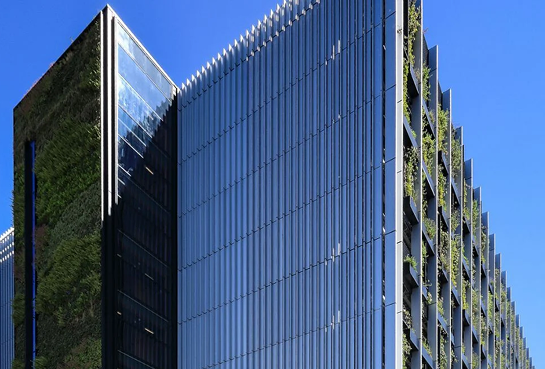
Latest
News
Best Practice Methods for being a considerate constructor onsite
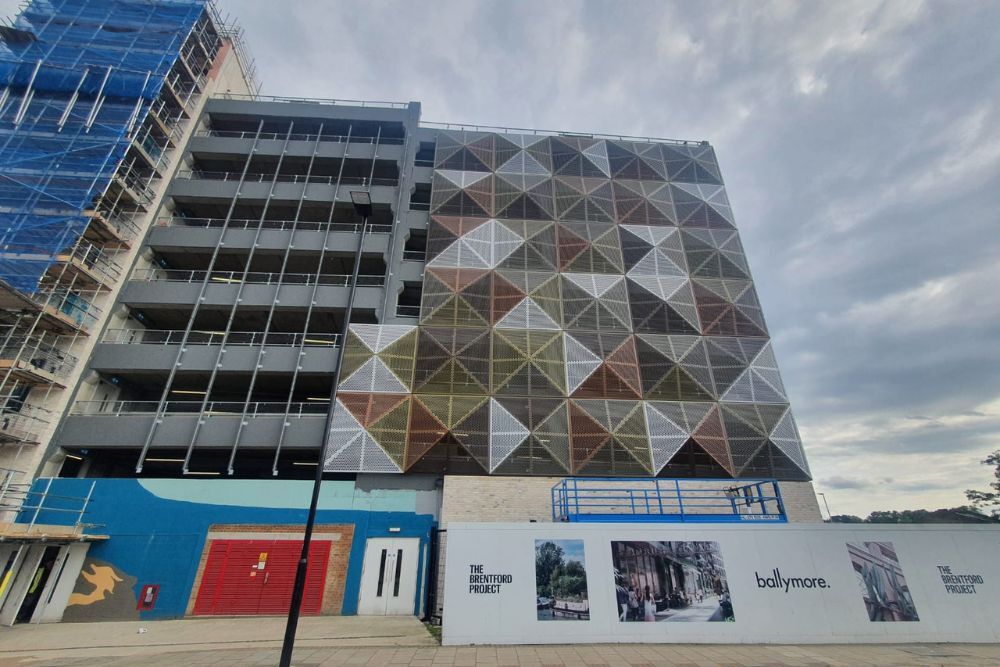
Topics
- About Maple (100)
- Car Parks (90)
- Office and Retail (47)
- Government (39)
- Rainscreen (36)
- Louvres (30)
- Education (24)
- Residential (24)
- Brise Soleil (22)
- Health (20)
- HSEQ (18)
- Commercial Blinds (16)
- Sustainability (15)
- Data centres (10)
- Pre-Construction services (10)
- Architectural facade (7)
- North West (2)
By implementing these best practices, construction companies can minimise disruption, improve public relations, and ensure a smoother project lifecycle.
The Considerate Constructors Scheme has been a major driving force behind construction companies becoming more self-aware on how to limit their social and environmental impact while on site. To support this, we've shared some best practice advice on being a considerate constructor.
Proactive Communication
Early and Open Dialogue: Before commencing work, reach out to neighbours, informing them about the project's scope, duration, and potential impact. Consider hosting a community meeting to address concerns and answer questions.
Designated Contact Person: Provide a dedicated point of contact for neighbours to voice their concerns or seek information.
Regular Updates: Keep neighbours informed of progress, any significant schedule changes, or planned disruptive activities. Use newsletters, email updates, or even a dedicated website for transparency.

Mitigate Noise Pollution
Schedule Considerations: Restrict noisy activities to agreed working hours (typically weekdays between 8 am – 6 pm) and be mindful of vulnerable residents, such as young children and elderly individuals.
Equipment Maintenance: Ensure all machinery and equipment are regularly maintained to minimise noise generation.
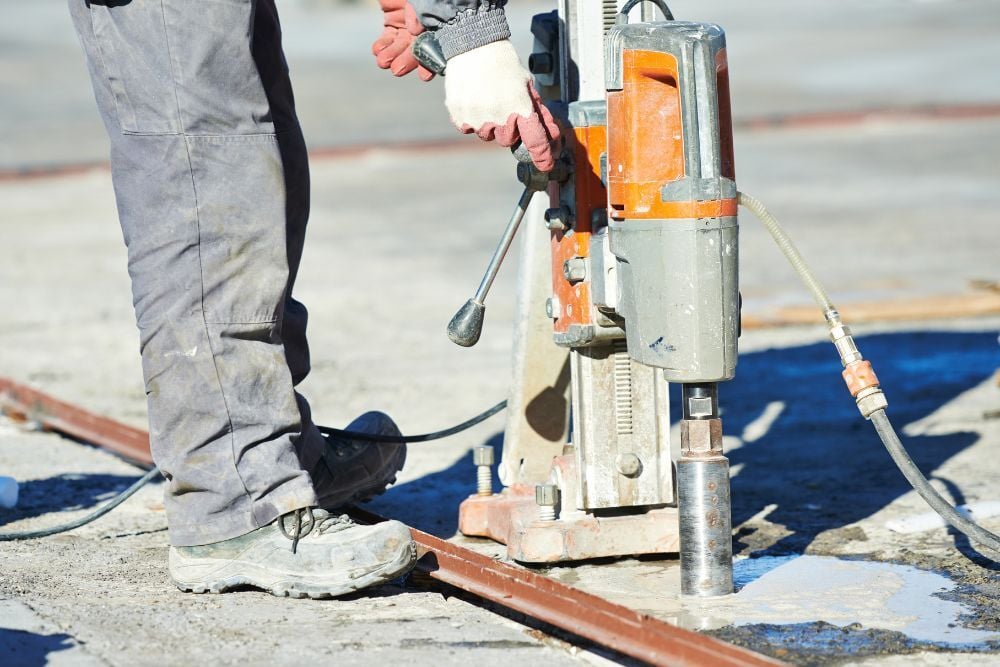
Control Dust and Air Pollution
Water Management: Use water trucks, sprinklers, and dust suppressants to keep dust levels down, especially during dry weather.
Enclosed Stockpiles: Cover stockpiles of materials that generate dust, such as soil and aggregates.
Air Quality Monitoring: Use air quality monitors to ensure that dust and emissions are within acceptable limits.
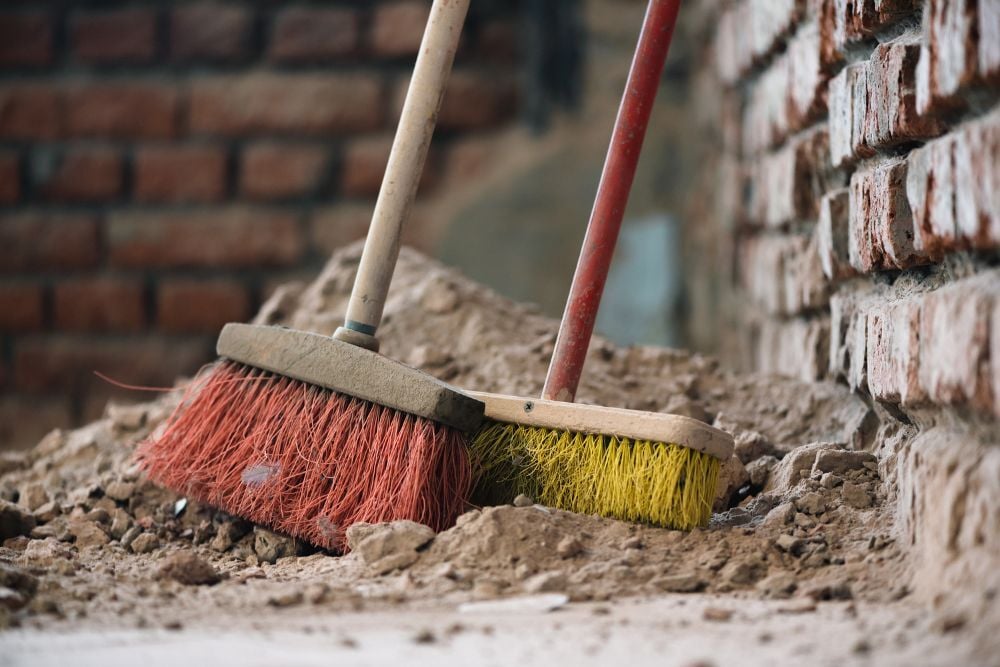
Manage Traffic and Parking
Traffic Management Plan: Work with local authorities in developing and implementing a comprehensive traffic management plan that minimises congestion and disruption, including scheduling deliveries during off-peak hours.
Designated Parking Areas: Provide designated parking areas for workers and delivery vehicles to avoid encroaching on residential parking spaces.
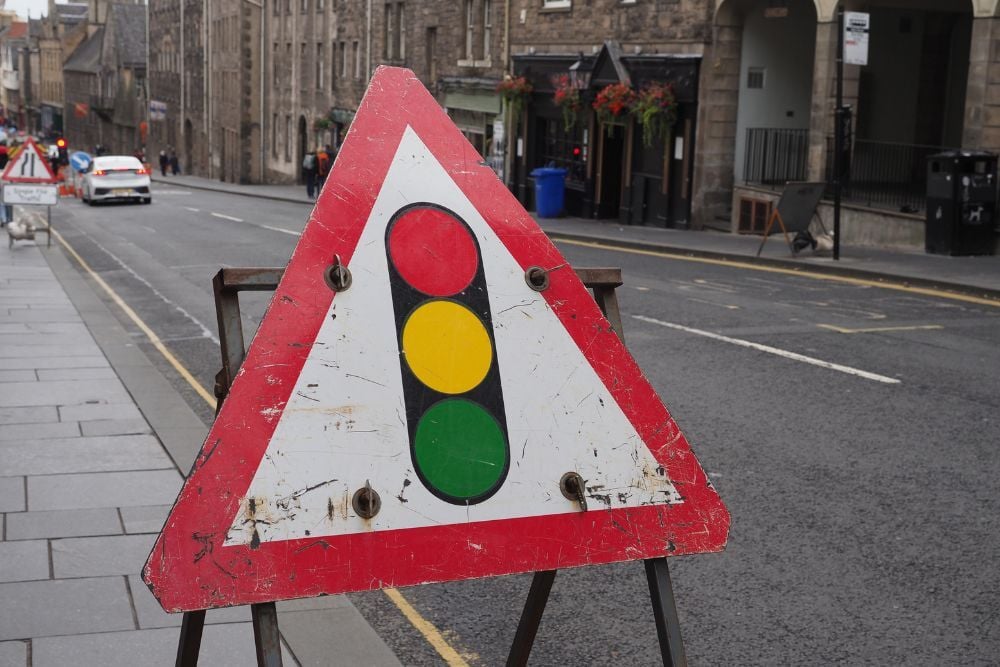
Maintain Site CleanLiness and Safety
Regular Clean-Up: Keep the construction site tidy and free of debris to prevent accidents and minimise visual impact.
Wheel Washing Stations: Implement wheel washing stations for vehicles leaving the site to prevent them from tracking mud and dust onto public roads.
Safety fencing and signage: Protect the public by ensuring adequate fencing to prevent unauthorised access and clear safety signage to warn of potential hazards.
Proper Waste Management: Implement a robust waste management system to prevent litter and environmental contamination.
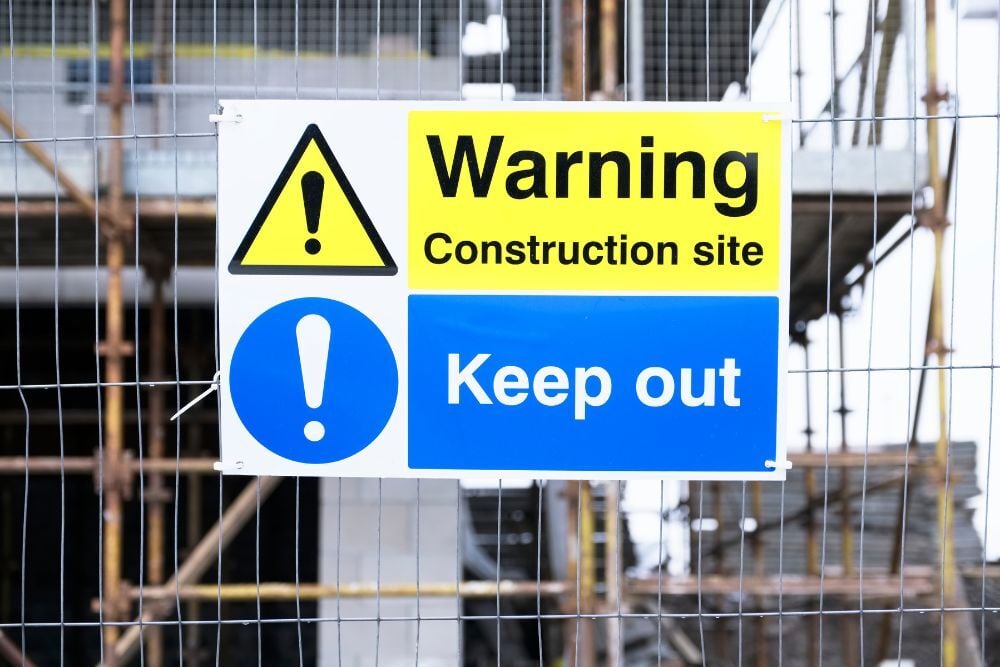
ENSURE CONTINUOUS IMPROVEMENT AND MONITOR PROGRESS
Regular Audits: Conduct regular audits of your construction practices to identify areas for improvement.
Feedback Mechanism: Maintain a system for receiving and addressing feedback from neighbours.
Employee Training: Train all workers on the importance of being considerate construction neighbours and best practices for minimising disruption.
Feedback Mechanism: Maintain a system for receiving and addressing feedback from neighbours.
Employee Training: Train all workers on the importance of being considerate construction neighbours and best practices for minimising disruption.
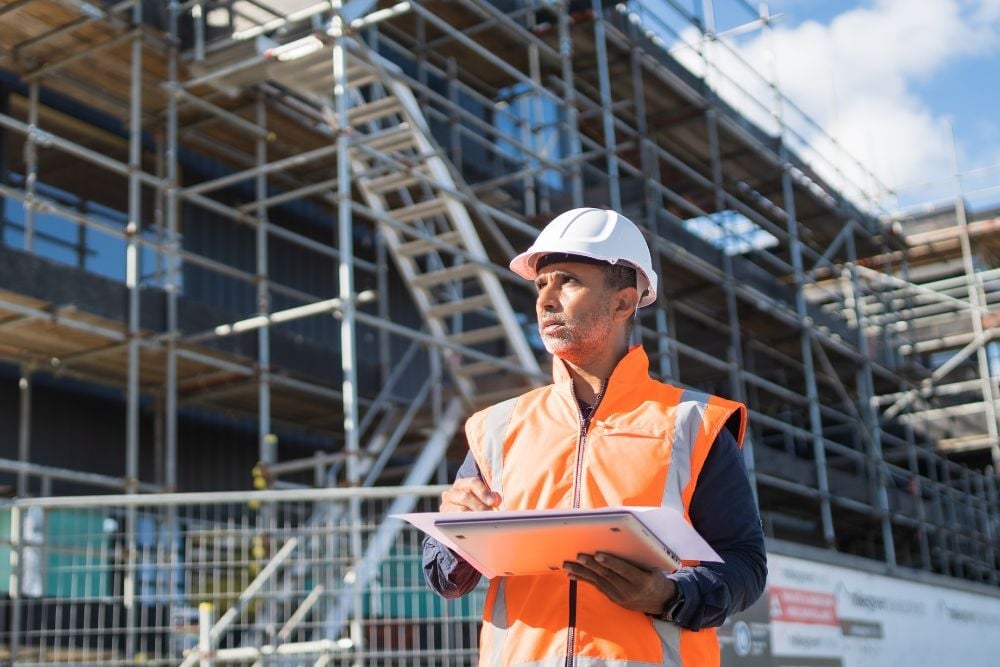
For more guidance on this topic, check out the Considerate Constructors Best Practice Hub.
